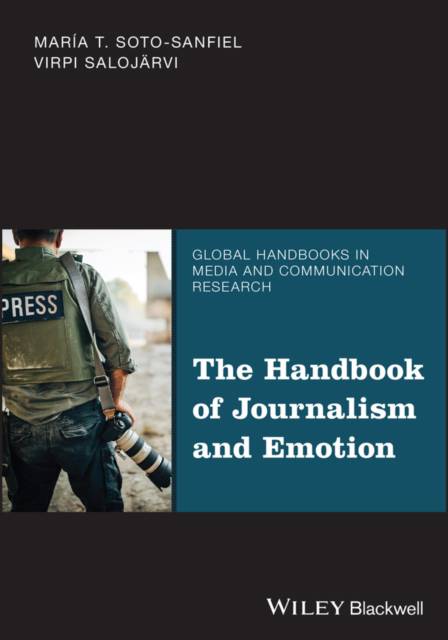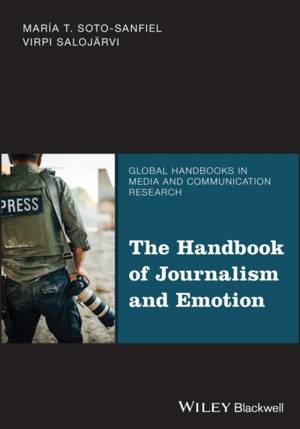A groundbreaking global exploration of how emotions shape journalism
Emotion is no longer peripheral to journalism--it is central to how news is made, shared, and experienced. The Handbook of Journalism and Emotions: Theory, Production, Content and Responses redefines how we understand journalism in today's emotionally charged world, bringing together 60 leading scholars from across five continents to investigate how emotion shapes journalism theory, production practices, content, and audience engagement.
Organized into four thematic sections--Theory, Production, Content, and Responses--the Handbook covers topics ranging from emotional labor and trauma in reporting to audience reactions and emotional authority in visual storytelling. Drawing from sociology, psychology, communication, linguistics, and neuroscience, in-depth chapters highlight how emotional forces interact with journalistic values, ethics, and norms. Throughout the book, in-depth chapters respond to the growing scholarly and professional recognition of the "emotional turn" in media studies, filling a critical gap in media and communication scholarship.
The first book to provide an interdisciplinary, multicultural, and methodologically diverse analysis of the pivotal role of emotion across all dimensions of journalism, the Handbook of Journalism and Emotions
- Presents cutting-edge research that integrates communication studies, sociology, psychology, neuroscience, and media theory
- Employs a wide range of methods, including digital ethnography, content analysis, interviews, experiments, and meta-analysis
- Covers both traditional and digital media formats, such as audio-visual journalism, social media, and multimodal storytelling
- Engages with timely global issues, such as conflict reporting, populism, misinformation, and journalistic safety
- Situates emotion as an essential aspect of journalism's epistemology, examining its role in both individual and collective experience
- Highlights under-researched perspectives from Latin America, Sub-Saharan Africa, Southeast Asia, and other regions worldwide
Ideal for scholars, students, and professionals, the Handbook of Journalism and Emotions: Theory, Production, Content and Responses is a core reference for courses in journalism, communication, media and cultural studies, and emotion research. It is also a key resource for journalists, editors, media educators, and policymakers seeking to understand and teach the emotional complexities of modern journalism.










